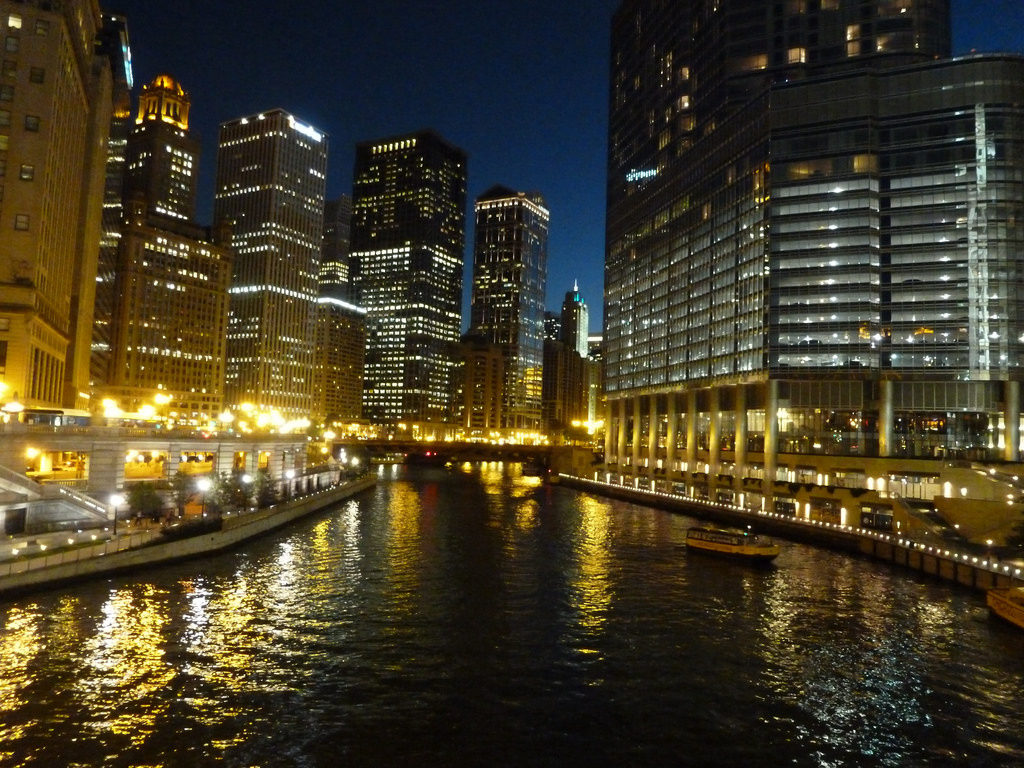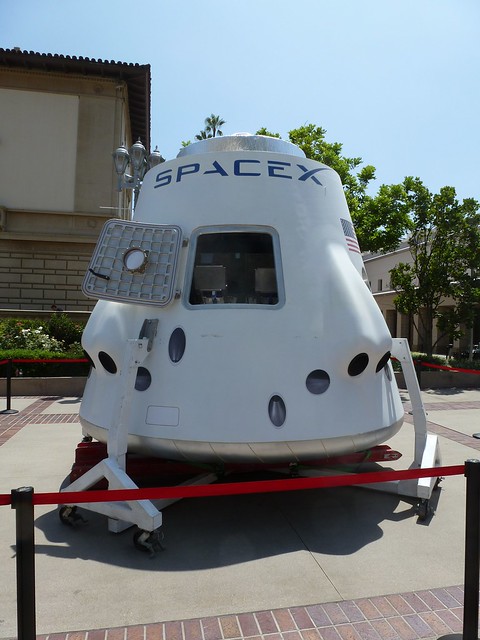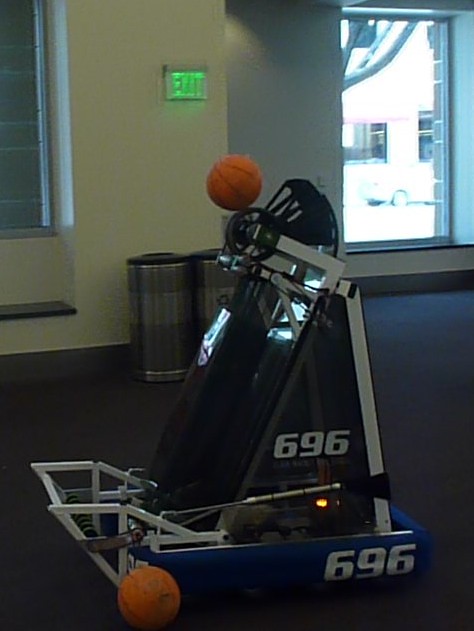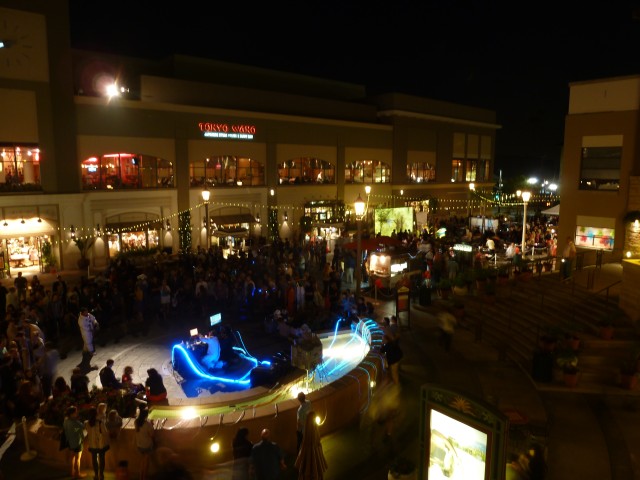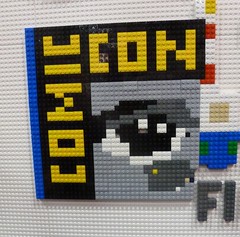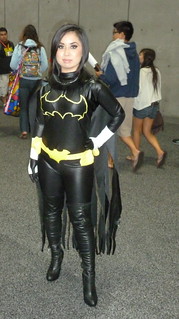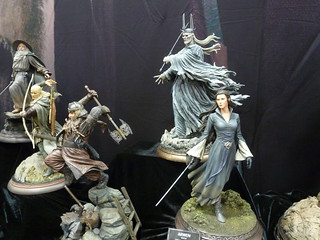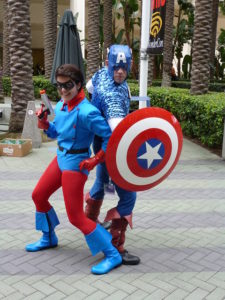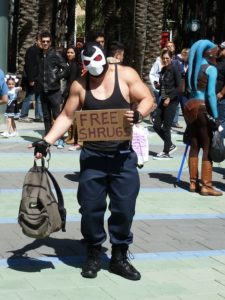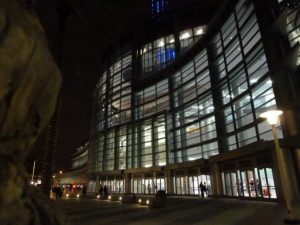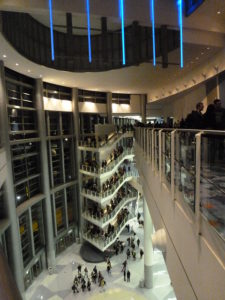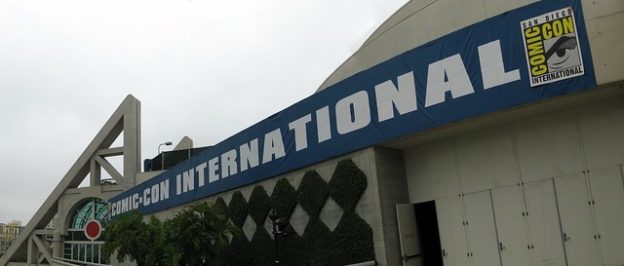I spent the first Saturday of November in Long Beach for the fourth annual Long Beach Comic and Horror Con. Despite the name change last year, the show remains focused on comics, and horror feels like an afterthought tacked on to fit with the Halloween timing of the show. (It makes me wonder whether they’ll return to the original name next year, when it’s held at the end of November.)
Venue & Layout
There were four or five Star Wars-decorated cars outside the lobby and one Teenage Mutant Ninja Turtles van. I was way too amused by a convertible, tricked out to look like it had starfighter engines and gun emplacements, on display with a Yoda statue in the passenger seat. (I figure Jedi don’t ride shotgun, they ride lightsaber.)
On the main floor, Artist’s Alley continues to be the centerpiece, both literally and figuratively. SDCC has been shoving the artist’s tables off to one end of the insanely-long hall, Wizard tends to put them in the back, and I hear NYCC put them in a different hall entirely (not quite behind a door labeled “beware of the leopard”), but Long Beach has always made a point of putting them right in the center. Publishers at the front, fan groups at the back, dealers to the sides, all wrapped around the artists.
Way in the back, past the fan groups, there was a laser tag arena and a roller derby course (marked on the floor in tape. The derby replaced the wrestling ring they had the first couple of years. For some reason Chevrolet was plugging the Volt (so to speak) in one corner. The roller derby makes sense in the same way as the wrestling does (garish costumes, code names, and violence), but I couldn’t figure out the Volt. Continue reading

